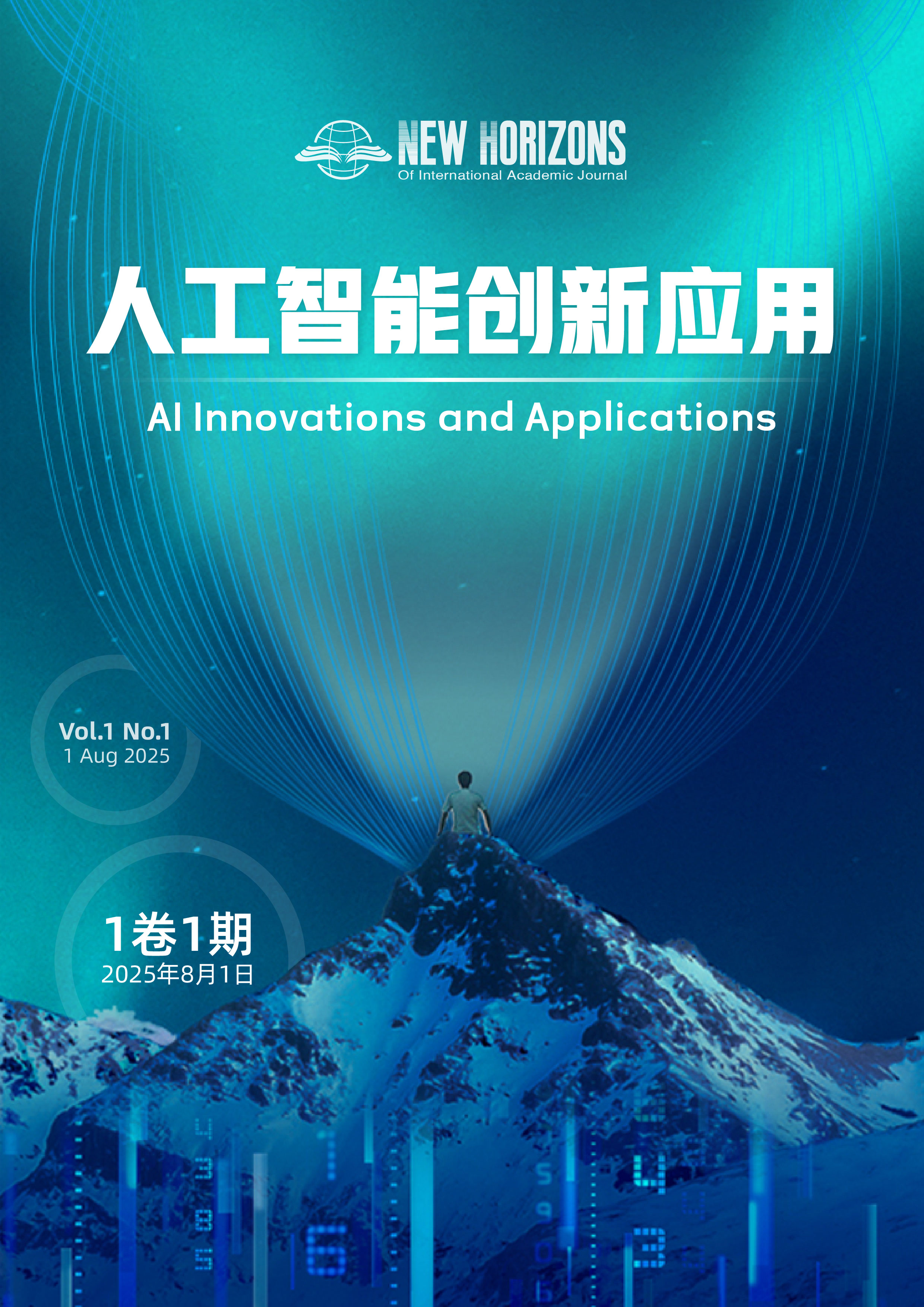On the Sphere of Applying AI in Government Approval Service Analysis According to the Data of Submitting in Seconds and Getting Result in Seconds Services in Shenzhen City
DOI:
https://doi.org/10.63944/y9bmb391Keywords:
artificial intelligence plusgovernment services;intelligent approval;government services;submitting in seconds andgetting result in secondsservices; automateddecision makingAbstract
The most typical initiative to combine artificial intelligence technology with government services is intelligent approval, which has been increasingly used in China recently. The applicable sphere of this initiative should be analyzed. Based on the data of the peak model of intelligent approval in Shenzhen city, which is called submitting in seconds and getting result in seconds services (SS services), this article collected basic features and materials of these services. Then it compared them with the attributes of all services at the district level and city level of Shenzhen through statistical methods. Through the difference analysis, the typical characteristics of SS services are summarized. According to the correlations analysis between the attributes of peak services and the correlations analysis between the attributes of total services, the most important constraint item that affects the applicability of the model is identified as "the reason for the service’s having to be handled on-site". Through the two distinguishing methods found in the study, it’s predicted that there are 36.14% to 96.63% services suitable of this peak model. Finally, the limitations and considerations of the study are discussed.
References
[1] 童政 and 周骁骏. 2017. 广西:智能审批打造“不打烊”政府_滚动新闻_中国政府网. Retrieved April 21, 2024 from http://www.gov.cn/xinwen/2017-12/20/content_5248696.htm
[2] 陈宇轩. 2020. “秒报秒批一体化”推动深圳数字政府再提速_滚动新闻_中国政府网. Retrieved April 21, 2024 from http://www.gov.cn/xinwen/2020-12/15/content_5569464.htm
[3] 刘良龙. 2022. 深圳“秒报秒批一体化”案例获评“党政信息化最佳实践标杆案例”. 深圳特区报. December 1, 2022. A07
[4] Ivor Kraft. 1964. Automated Decision Making: A Threat, or a Promise?. Science, 143, 3602 , 99-100.
[5] 陈涛, 冉龙亚 and 明承瀚. 2018. 政务服务的人工智能应用研究. 电子政务, 3, 22-30. http://doi.org/10.16582/j.cnki.dzzw.2018.03.003.
[6] 李晓方, 王友奎, and 孟庆国 . 2020. 政务服务智能化: 典型场景, 价值质询和治理回应 . 电子政务 , 2, 2-10. http://doi.org/10.16582/j.cnki.dzzw.2020.02.001.
[7] 卢珂 and 梁照鸿. 2022. 智慧政务服务的过程性整合分析.中国行政管理,441,03, 58-64. http://doi.org/10.19735/j.issn.1006-0863.2022.03.07.
[8] 李宁 and 李忠良. 2018. 海事行政智能审批系统建设初探.中国海事, 10,41-43+50. http://doi.org/10.16831/j.cnki.issn1673-2278.2018.10.018.
[9] 童庆, 肖筱华 and 邱智航. 2021. 政务领域智能审批系统设计与应用. 信息技术与标准化, 4, 36-40.
[10] 贺晓丽. 2019.借鉴深圳秒批经验 打造青岛秒批模式. 中共青岛市委党校. 青岛行政院学报 ,(03),122-124. http://doi.org/10.13392/j.cnki.zgqd.2019.03.022.
[11] 盛小伟. 2019. “秒批”不是终极追求. 群众, 22, 71.
[12] 冯帅瑶, 朱水成 and 于静雯. 2022. 无缝隙政府理论视角下行政审批流程再造——以深圳市“秒批秒报一体化”政务服务改革为例.经济研究导刊, 529, 35, 137-140.
[13] Markku Suksi. 2021. Administrative due process when using automated decision-making in public administration: some notes from a Finnish perspective. Artificial Intelligence and Law, 29, 1, 87-110.
[14] Marcel Bullinga. 2004. Intelligent government: Invisible, automatic, and everywhere. The Futurist, 38, 4, 32.
[15] Andy Hon Wai Chun. 2008. An AI framework for the automatic assessment of e-government forms. AI Magazine, 29, 1, 52-52.
[16] Fenwick McKelvey and Margaret MacDonald. 2019. Artificial intelligence policy innovations at the Canadian federal government. Canadian Journal of Communication, 44, 2, PP-43.
Downloads
Published
Issue
Section
License
Copyright (c) 2025 Al lnnovations and Applications

This work is licensed under a Creative Commons Attribution 4.0 International License.









